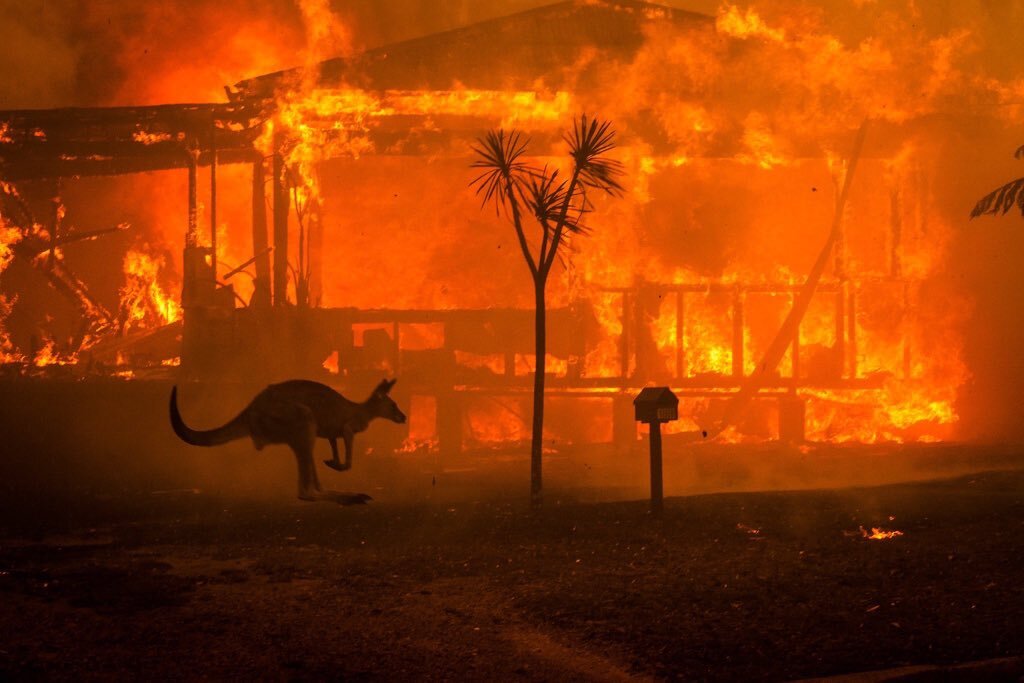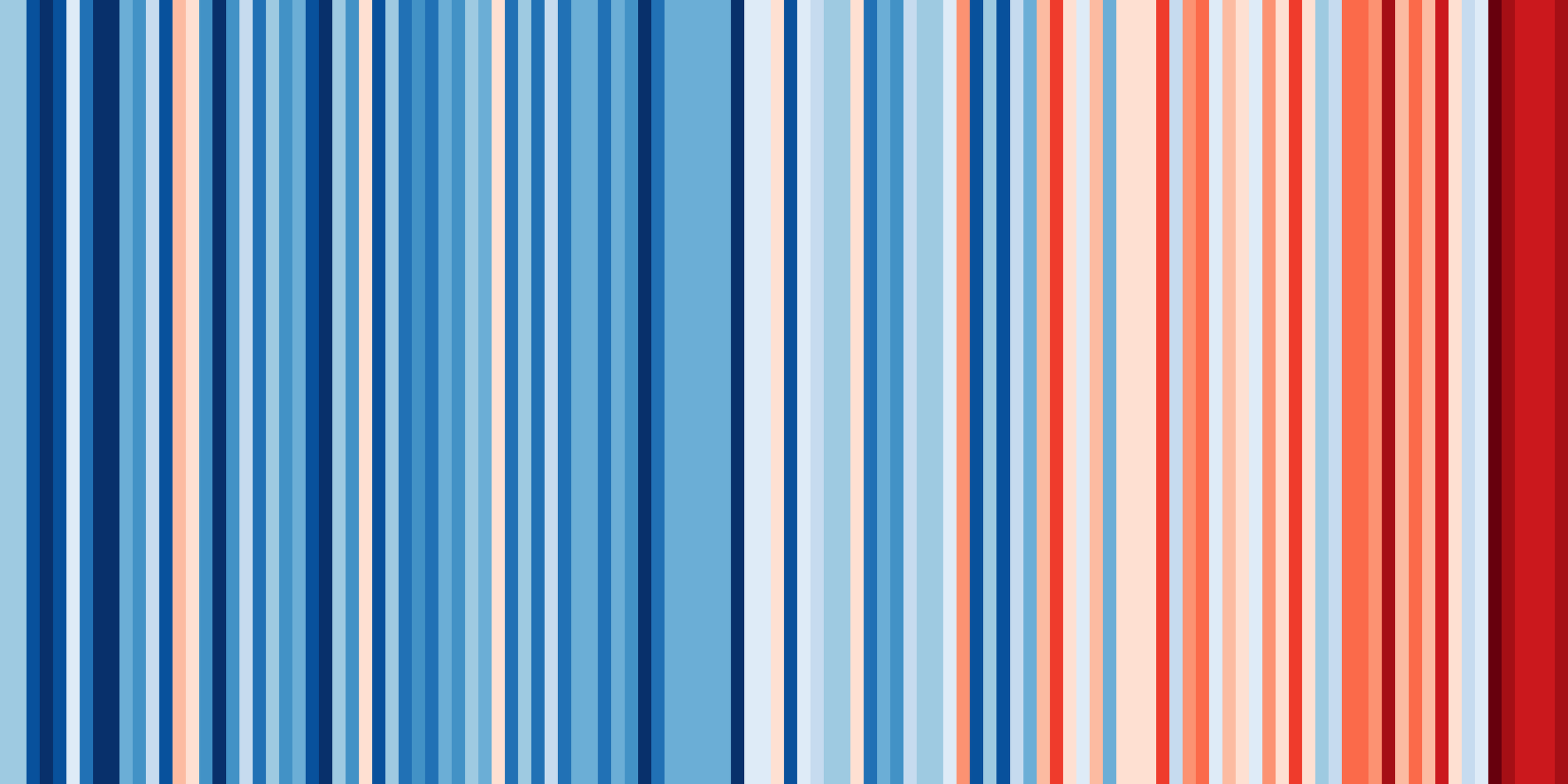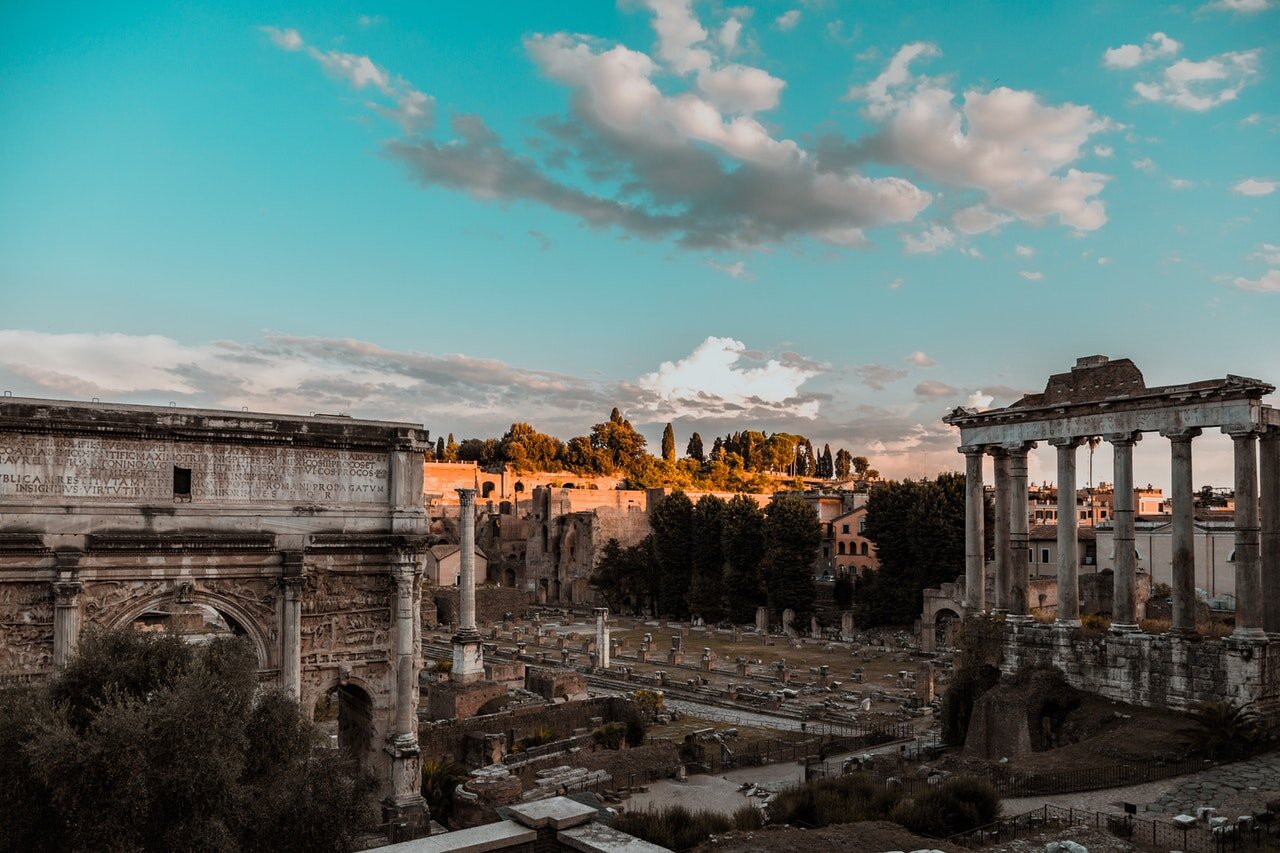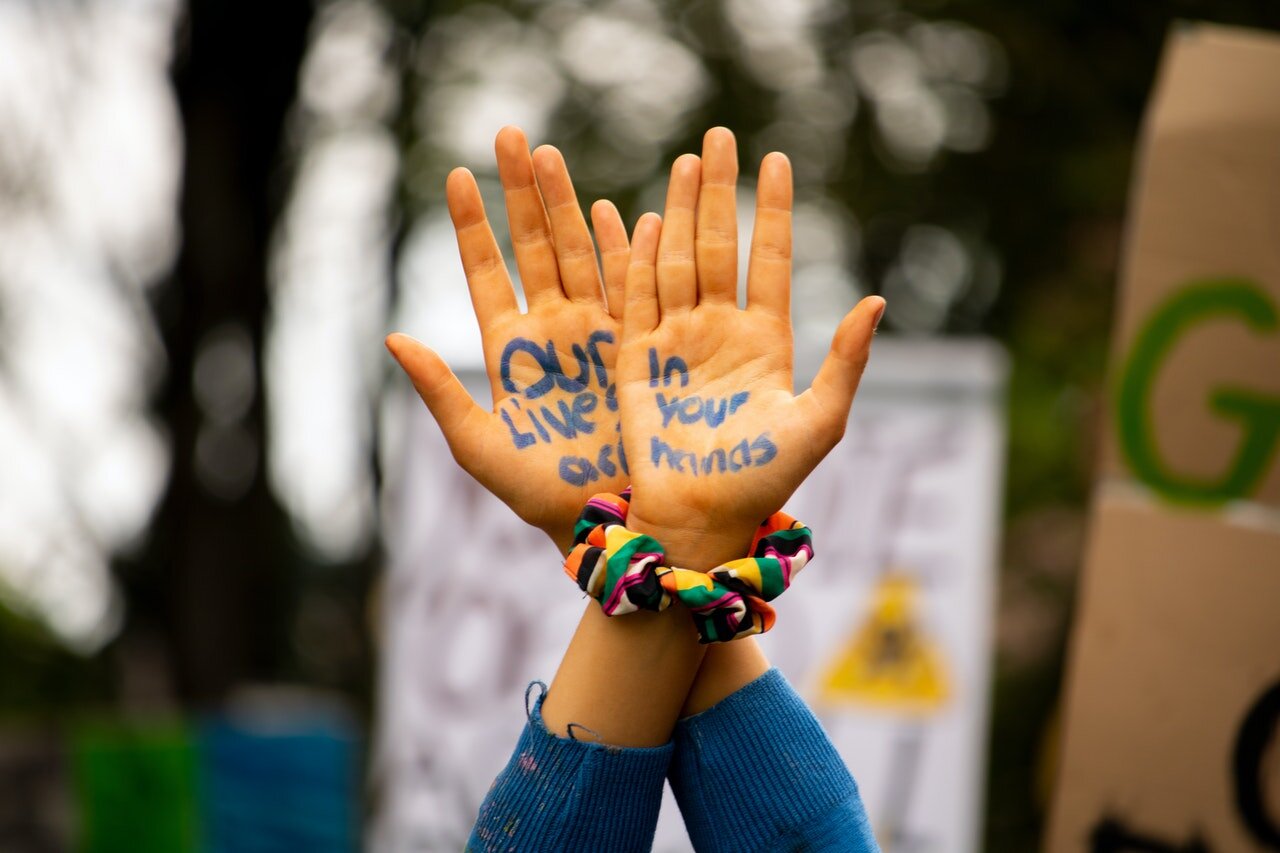Share This Article
You know how back in primary school you would swing back on your chair, despite your teacher’s shouts not to? And sometimes you would go just a little bit too far – you would pass the tipping point and your life would flash before your eyes?
Most of the time, you would be able to swing the balance back in your favour but every now and then you would land winded on your back, to the laughter of your classmates and the protests of your teacher. The earth is currently swinging back in its chair and hovering dangerously around a colossal tipping point and this is no laughing matter. The climate crisis is something that we have known about for decades and honestly, the lack of action truly terrifies me.
It can be hard to picture the impacts of climate change. The Show Your Stripes movement, led by climate scientist Ed Hawkins, generates colourful charts, which visualise the changing temperatures of different regions over a century. Blue highlights the years that had colder than average temperatures and red illustrates the years that were hotter than average.[1] Hawkins said, “This particular effort was simply designed to try and strip away all of that complex information that scientists tend to love talking about and make it as visual and as simple as possible, so that anyone could take one glance at it and instantly understand what was going on.”[1]
Global temperatures over the last 100 years
Australian temperatures over the last 100 years
It astounds me that despite the overwhelming evidence, so many people refuse to accept the existence of the climate crisis. Even a completely ignorant layman could take a look at the above Show Your Stripes graphics and realise that something is not right…
There are currently nine active tipping points in the earth’s climate, which due to human activity, we have a huge risk of crossing.[2] As identified in the image below, these thresholds include the melting of icecaps and the destruction of biodiversity both on land and in the sea.
The director of the Global Systems Institute at the University of Exeter, Tim Lenton says, “Evidence is mounting that these events could be more likely than was thought, have high impacts, and are interconnected across different biophysical systems, potentially committing the world to long-term irreversible changes.”
For example, the mass scale melting of ice caps, which has led to sea levels rising 10-20cm globally over the past century, has dire consequences for millions of people who inhabit earth’s coastlines.[3] More than 100 million people worldwide live within 1 metre of sea level and 85% of Australians live on or near the coast. Rising sea levels have a multitude of negative effects, causing erosion of the coastlines, decreasing the stability of structures and potentially contaminating into freshwater rivers or stores. Worldwide, examples can be seen in the Louisiana coastlines, which are literally sinking, whilst low-lying countries such as Tuvalu have had to begin evacuation planning in case of flooding. And these are all the impacts of passing just one of the tipping points, it’s a scary thought.
Perhaps most relevant to us is the fact that our country was recently literally on fire. In the media, the apocalypse is usually depicted as the world burning, orange skies and a lack of the communication from the state – I mean, our prime minister decided to holiday in Hawaii rather than immediately respond our burning backyard!? I guess you could say that the apocalypse is here.
Over 18 million hectares burned, 34 people have been killed and more than a billion animals have lost their lives.[4] The smoke across the country worsened the air quality up to 11 times worse than the ‘hazardous’ rating and even made its way all the way across the Pacific Ocean to South America.[3] And even with the recent relief of the rains, bushfire season isn’t over…
Nevertheless, we do have hope. Few people would not have heard of Greta Thunberg, the 16 year old Swedish climate activist. She has become a figurehead of the global climate movement, particularly for young people. Greta has been striking every week for 70 over weeks straight, starting out alone but now with millions of supporters and fellow activists by her side. If a single girl can unite so many people to fight for our planet, I have hope for what we can achieve when we band together.
We don’t want to the Earth to end up like the primary school version of ourselves, flat on the floor, out of breath and in pain. And unlike the resilient children we once were, the Earth is not going to be able to just stand back up and brush itself off.
So what can we do? We need to talk. We need to talk to each other, to big corporations, to governments. Make your voice heard by participating in protests, writing letters to politicians, joining petitions, posting on social media, talking to your family members, the possibilities are endless. The more frequently we bring up these issues in our conversations, the more familiar we become with the issues related to the climate crisis, the more likely those that are in power can be influenced to implement positive changes to attitudes and policies relating to the climate crisis. In the meantime, we can take small steps such as reducing our consumption of resources; you don’t have to jump into full on veganism, you can just start off by, for example, saying no to plastic bags, recycling, taking shorter showers and ensuring to turn the lights off when you’re not using them.
Let’s help tip our Earth back in the right direction.
My thoughts are with all of those who have been affected by the bushfires. Although the bushfires have decreased in their intensity, it is still going to be a long road to recovery for all of the communities affected. For anyone who wants to help, consider donating to:
Alternately, consider visiting or holidaying to impacted destinations. For many towns, tourism provides their biggest income and so if people stop visiting in light of the recent bushfires, it will make recovery even more difficult.







